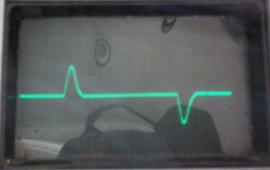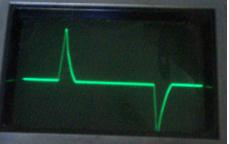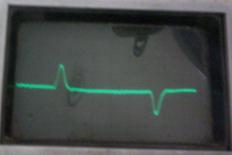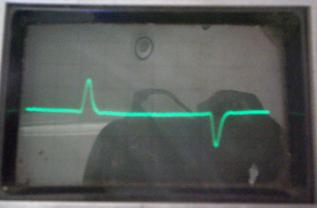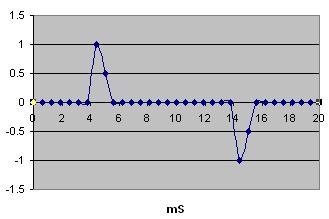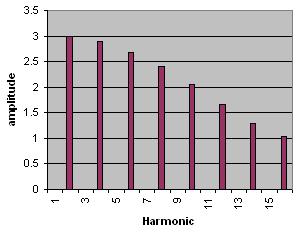Plug packs: Difference between revisions
Jump to navigation
Jump to search
Tonyforster (talk | contribs) No edit summary |
Tonyforster (talk | contribs) No edit summary |
||
| Line 1: | Line 1: | ||
==Waveforms== |
|||
Charger input waveforms, 0.2A/square, screen edges and centre are the input voltage zero crossings |
Charger input waveforms, 0.2A/square, screen edges and centre are the input voltage zero crossings |
||
| Line 17: | Line 18: | ||
White wallwart Bestek NA0241WAA, XO1.5 running 93% charge 240V input |
White wallwart Bestek NA0241WAA, XO1.5 running 93% charge 240V input |
||
==Harmonics== |
|||
The load is well balanced with respect to leading/lagging power factor, showing only a slight leading or capacitive power factor. The waveform is very rich in harmonics. This could lead to overheating in transformers and generators due to eddy currents. |
The load is well balanced with respect to leading/lagging power factor, showing only a slight leading or capacitive power factor. The waveform is very rich in harmonics. This could lead to overheating in transformers and generators due to eddy currents. |
||
| Line 29: | Line 30: | ||
[[File:Plugpack harmonics.xls]] |
[[File:Plugpack harmonics.xls]] |
||
==Refs== |
|||
http://www.idc-online.com/technical_references/pdfs/electrical_engineering/Generators_and_nonlinear_loads.pdf |
|||
Revision as of 12:03, 4 December 2010
Waveforms
Charger input waveforms, 0.2A/square, screen edges and centre are the input voltage zero crossings
Green wallwart AD5953 ALF, XO1.5 running 93% charge 240V input
as above but run on battery power to 80% then plug in
Green wallwart Delta ADP17FBA, XO1.5 running 93% charge 240V input
White wallwart Bestek NA0241WAA, XO1.5 running 93% charge 240V input
Harmonics
The load is well balanced with respect to leading/lagging power factor, showing only a slight leading or capacitive power factor. The waveform is very rich in harmonics. This could lead to overheating in transformers and generators due to eddy currents.
A harmonic analysis on the following approximation of the waveform
yielded this result
